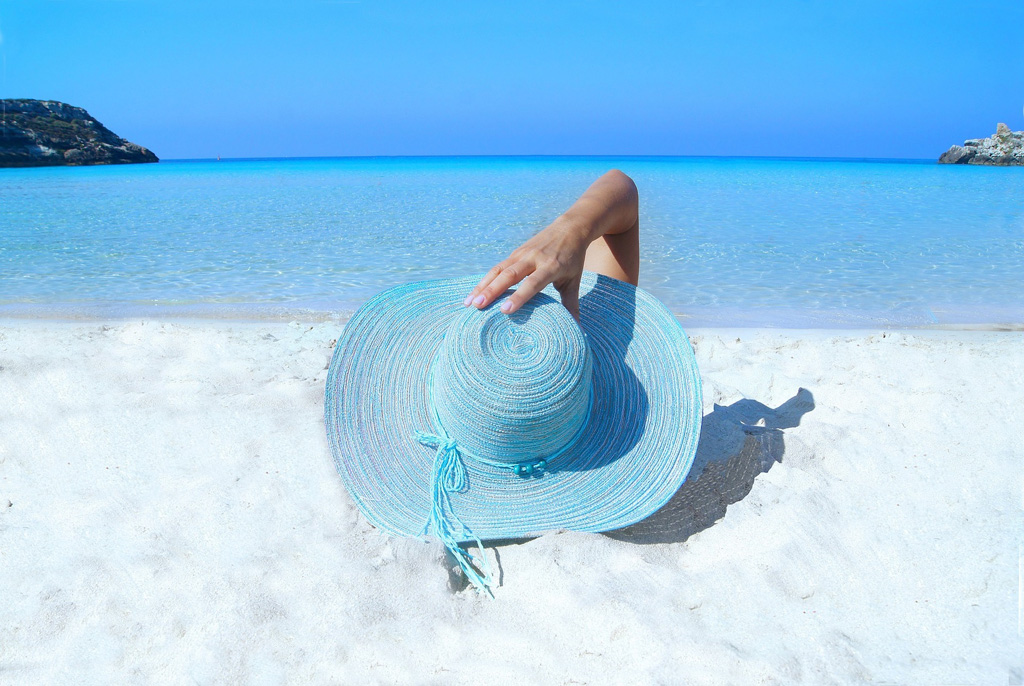Did you know that you could get the maximum sun damage while skiing in fresh snow?
Being only aware of UV rays is not enough for adequate protective measures, one has to understand the impact of the sun at a particular time, place and behaviour.
Supported by the World Health Organization (WHO), UV levels vary mainly with the height of the sun in the sky. During the afternoon, the sun’s rays take the most direct path to earth. In contrast, during early morning or late afternoon hours, the sun’s rays pass at a greater angle through the atmosphere in which more UV radiation is absorbed and less reaches the Earth.
Even when it’s cloudy, 40% of UV radiation passes through the clouds and reaches us. UV levels are highest under cloudless skies, and cloud cover generally reduces a person’s exposure. However, light or thin clouds cover have little effect and may even enhance UV levels because of scattering. Even a long stay in open shade, for example between buildings, may give a sensitive person a sunburn on a day with high UV levels.

UV rays are reflected by various surfaces. And these reflections can build the impact of UV exposure. While grass, soil, or water reflect less than 10 per cent of incident UV radiation because they are good at absorbing the rays, whereas fresh snow reflects 90 per cent of it. People are more prone to get snow blindness and extreme cases of sunburn from skiing on a bright sunny day. Sand reflects up to 20 per cent of UVB, that means you can get extra exposure at the beach.
The rays are strongest in areas close to the equator because the sun is directly over and even the ozone layer, which protects us from these harmful rays from reaching the earth, is thinner, so there is less to absorb. Even higher altitudes have greater UV exposure because there is less atmosphere.
If you wish to check the amount of UV rays reaching your area, look for UVI (Ultraviolet Index) which is a rating scale from 1-11 indicating the number of skin-damaging rays can reach the Earth’s surface. There is an internationally recognized system of colours developed by WHO corresponding to levels of the UVI. Low-Green (0 to 2)
Moderate-Yellow (3-5)
High-Orange (6-7)
Very High-Red (8-10)
Extreme-Purple (11).
So, try planning your day which involves coming out in the sun minimum during noon and careful not to underestimate the amount of radiation passing through clouds and the amount of reflection from different surfaces.






